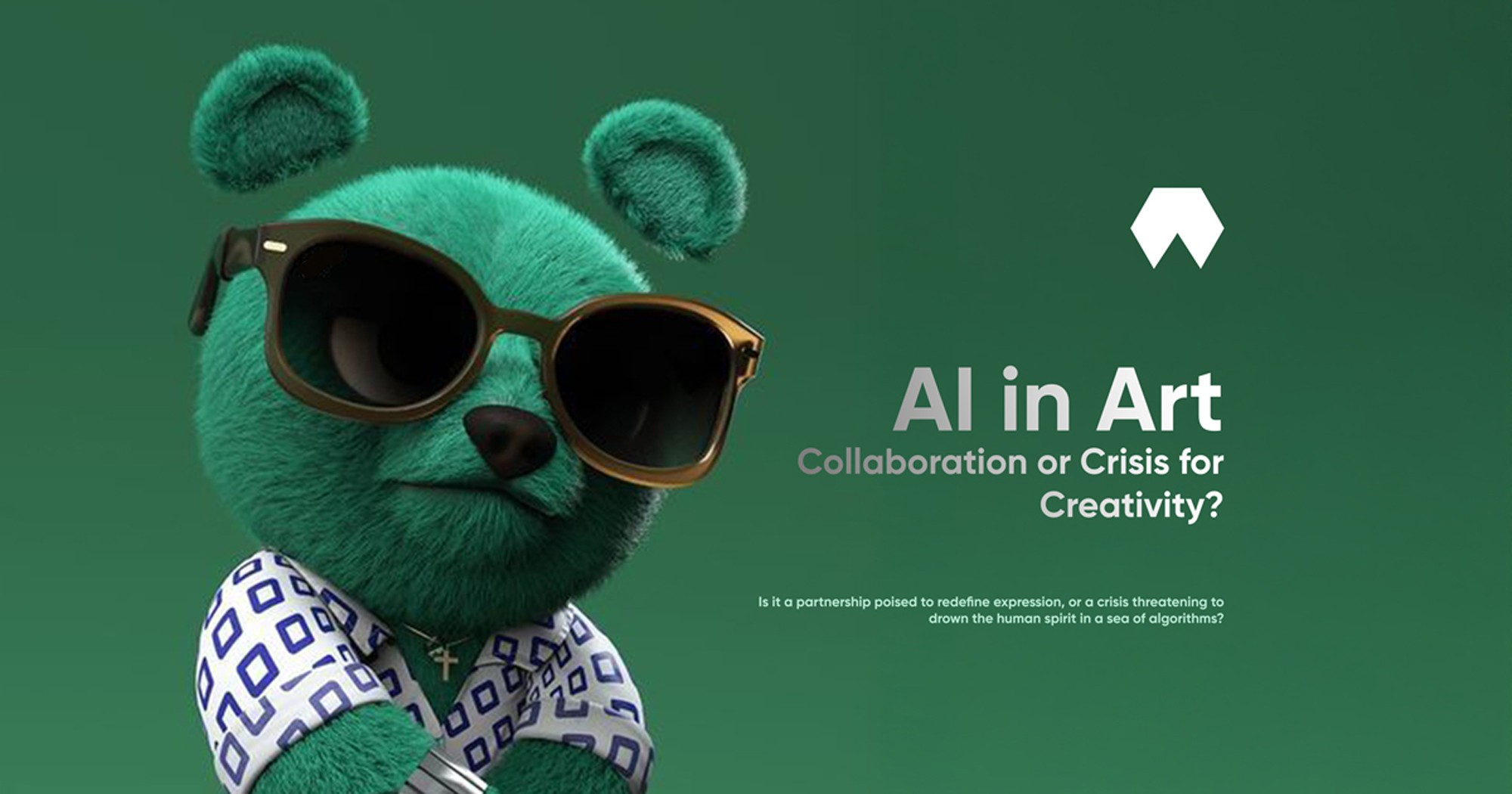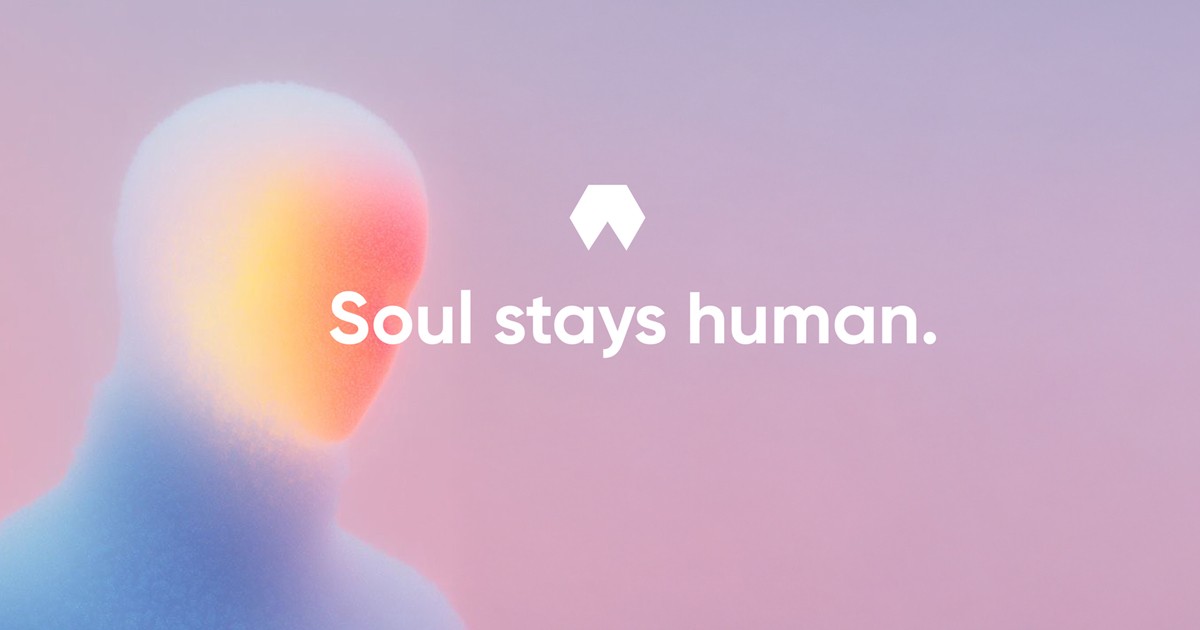AI in Art: Collaboration or Crisis for Creativity?
April 14, 2025
You’ve asked for a deep dive into this comparison, and we’re not here to skim the surface. Human artists pour their souls into every stroke, while AI churns out masterpieces from cold code.
But what happens when these forces intertwine? Is it a partnership poised to redefine expression, or a crisis threatening to drown the human spirit in a sea of algorithms? We’re peeling back the layers—beyond the hype, into the raw truth—to reveal how this dance could shape art’s future, and why it matters to every creator on the planet.
This isn’t just about brushstrokes versus algorithms; it’s about the soul of creativity, the future of expression, and the hidden potentials that could redefine art itself. Let’s get started.
The Creative Process: Human Soul vs. Machine Logic
Human Artists
Creativity in humans is raw, chaotic, and deeply personal. It’s the painter weeping over a canvas, the sculptor chiseling their grief into stone, the poet weaving words from sleepless nights. Artists draw from their lived experiences—joys, traumas, cultural roots—to craft something that pulses with meaning. The process is slow, often unpredictable, and fueled by an emotional engine that machines can’t replicate. It’s not just about skill; it’s about intention, vulnerability, and the human condition.
AI
AI’s creative process is a different beast. It’s a cold, calculated symphony of data and algorithms. Trained on vast archives of human-made art, AI identifies patterns—brushstroke rhythms, color harmonies, compositional trends—and spits out something new. There’s no emotion here, no personal stake, just a relentless crunching of numbers. It’s efficient, precise, and tireless, but it lacks the spark of lived experience. AI doesn’t create because it wants to; it creates because it’s told to.
Unique Insight
What if AI could tap into human emotion—not just mimic it, but understand it? Picture an AI fed not only visual data but biometric feedback: heart rates quickening at a Van Gogh swirl, tears falling before a Klimt kiss. At Wortham, we’re exploring how AI could evolve from a pattern generator to an emotional collaborator, enhancing human creativity by amplifying what moves us most. It’s not there yet, but the seeds are planted.
The Output: Depth vs. Scale
Human Art
A human artwork is a labor of love—or anguish. It might take months, years, a lifetime. The result is often imperfect: a shaky line, a smudged hue. But those flaws carry weight; they’re evidence of a hand, a heart, a story. Human art resonates because it’s a mirror to our own struggles and triumphs. It’s not about quantity—it’s about depth.
AI Art
AI flips this on its head. It can generate thousands of pieces in minutes, iterating through styles faster than any human could dream. The output is polished, technically dazzling, and endlessly variable. But here’s the rub: it often feels empty. There’s no narrative beneath the surface, no soul to wrestle with. AI art is a fireworks display—brilliant, but fleeting.
Future Prediction
We see AI evolving beyond mere generation into curation and adaptation. Imagine an AI that doesn’t just create but refines its work based on real-time audience reactions—social media buzz, gallery dwell times, even wearable tech tracking emotional responses. This “responsive art” could shift mid-exhibition, adapting to what stirs the crowd. In a decade, art might not be static—it could be alive, molded by its viewers.
Impact on the Art World: Chaos and Opportunity
Disruption
AI is a tidal wave crashing into the art market. It’s democratizing creation—anyone with a laptop can whip up a “masterpiece” in seconds. Galleries are filling with AI-generated prints, and collectors are scratching their heads: Is this art worth millions, or is it just code? The flood of supply threatens to devalue human craftsmanship, forcing artists to redefine their worth in a world where rarity is fading.
Democratization
But there’s a silver lining: AI is tearing down walls. It’s empowering people who never held a brush to explore their creativity. No formal training? No problem. This could usher in a renaissance of diverse voices—art from the margins, unpolished but authentic. The art world might finally reflect the full spectrum of humanity.
Unique Insight
AI could revolutionize art education, leveling the playing field like never before. Imagine AI tools that analyze your sketches, pinpoint your strengths, and craft personalized lessons—your own digital mentor. At Wortham, we’re piloting programs that do just that, and the early results are staggering: novices producing work that rivals seasoned artists, all because AI gave them a leg up.

Future Predictions: The Next Frontier
Collaboration Over Competition
The future isn’t AI versus artists—it’s AI with artists. Picture a painter sketching a concept, then handing it to an AI to flesh out textures, lighting, variations—freeing the human to focus on the vision. This partnership could birth hybrid art forms, blending human intuition with machine precision in ways we can’t yet fathom.Preservation Reimagined
AI’s untapped potential in art preservation is mind-blowing. It can restore faded frescoes with surgical accuracy, recreate lost works from fragments, and build digital archives accessible to all. Imagine walking through a virtual Sistine Chapel, every crack and color preserved forever. This isn’t just conservation—it’s cultural immortality.Ethical Minefield
Who owns AI art? The coder who built the algorithm? The user who pressed “generate”? The AI itself? As AI art explodes, we predict a legal showdown over intellectual property. Courts will grapple with defining authorship, and at Wortham, we’re already counseling clients on how to stake their claim in this uncharted territory.Art as Therapy, Scaled
Art therapy heals, but it’s scarce. AI could change that. Imagine an AI guiding you through a drawing exercise, tweaking prompts based on your mood—detected via voice, pulse, or keystrokes. It could democratize mental health support, offering a creative outlet to millions. We’re prototyping this at Wortham, and it’s a game-changer.
The Overlooked Angle: AI as Humanity’s Mirror
Here’s a thought no one’s touching: AI art isn’t just output—it’s a reflection. Every piece it creates is shaped by the data we feed it—our tastes, our biases, our obsessions. It’s a distorted portrait of who we are, right now. At Wortham, we’re using this to provoke: What if AI art exposed our societal flaws—our fixation on beauty, our blind spots—and challenged us to grow? It’s not just creation; it’s revelation.
Final Thoughts: The Soul Stays Human
AI is rewriting the rules of art, but it won’t steal its heart. It can dazzle, accelerate, and democratize, but it can’t ache, dream, or rebel. The future is a duet—humans and machines, each amplifying the other. At Wortham, we’re not just tracking this shift; we’re steering it, ensuring AI empowers artists, not eclipses them. The question isn’t “Can AI outdo us?” It’s “How will we use AI to soar higher?” That’s where the real story begins.




